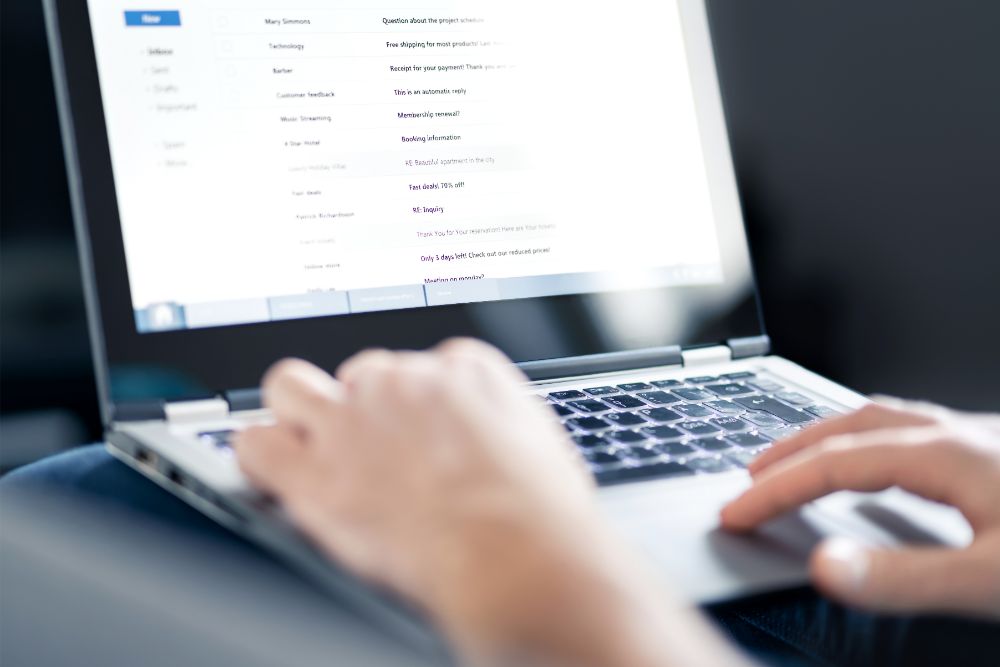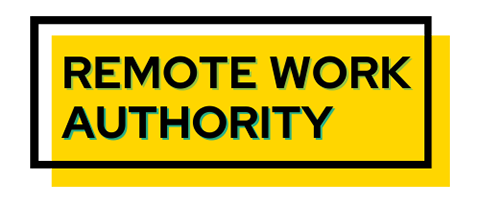Put your charm, good looks, and funny lunch banter aside. As a remote worker, you are mainly judged by your virtual interactions. Knowing how to formulate an email properly is essential for any professional; however, email etiquette for remote workers is even more crucial.
Unfortunately, your tone of voice, body language, and facial expressions aren’t easily expressed in an email. Leave no room for misinterpretation by learning how to construct a professional email properly. Email etiquette for remote workers requires more precision, considering many of us haven’t met our coworkers in real life.
Data from McKinsey Global Institute shows that about a quarter of our workweek is spent reading and answering emails. A well-written email could stand between you and future promotions, raises, or closing an epic deal. Adequately present your professionalism, intelligence, and work ethic with a few simple tips.
Your Email Address
If you’re not using a company email, ensure your email address is professional. Your first and last name is always a great choice. You can also combine your name with your profession if you prefer. Create your account with a well-known domain, such as Gmail or Yahoo.
Subject Line
Do not leave the subject line blank. Let the recipient know what the email is about in as few words as possible. Be clear, to the point, and ensure that the title properly reflects the reason for your email. A few examples include:
- Inquiring about [topic]
- Referral for [job position]
- [topic] concerns
If the information or subject of your email is time sensitive, you may also want to include that in the subject line so that the recipient can properly prioritize it. If an email is especially time-sensitive, consider sending a synchronous message via Slack or Discord.

Opening Salutations
Before deciding on which salutation to start your email with, think about your relationship with the recipient and the tone of the email. A few proper salutations include:
- Dear
- Greetings
- Hello
- Hi
In an ideal situation, these greetings will be followed by the recipient’s official title and name. Avoid using impersonal greetings, such as “To whom it may concern” or “Dear [insert job title].” If you are unsure about a person’s name, check with a coworker. Avoid exclamation points unless it’s a casual email and you have exciting news–even still, use them sparingly.
Email Body
Keep it short and get straight to the point. Use a professional tone. Don’t use abbreviations or slang. Avoid contractions if it’s an exceptionally professional email.
If the email contains a lot of information, use bullet points to allow the recipient to scan it quickly.
Include a clear call to action (CTA) at the end of the email. What outcome do you need from this email? A few CTA examples include:
- Use this link to book a meeting with [person] before [date].
- Please complete this task by no later than [date].
- Please reply to this email to let me know you understand.
Always proofread an email. There’s nothing less professional than spelling or grammar errors. Make your life easier and install the Grammarly extension on your browser.
Closing Salutations
When you end an email, you leave your last impression on the person before they reply and/or act. A few proper sign-offs include:
- Sincerely
- Best, or All the best
- Thank you, or Many thanks
- Respectfully
- Regards
Your signature will follow this sign-off.
Signature
Include your first and last name in your signature in a professional setting. You can also include your job title and contact information. Only your first name is fine if it’s a more casual email.
Many professionals get creative and design a personalized signature using a website or program like Canva.

Final Tips
- Don’t overuse exclamation points. Inter-work emails typically have a professional tone. Unless you have a piece of very exciting news, stick to periods.
- Remember that email is for formal communication. Use a business messaging app like Slack or Discord to exchange less important information.
- When you forward an email, delete the unnecessary information.
- Try to send emails only during business hours.
- Only use ‘reply all’ if everyone on the chain needs to read your response. Think carefully before choosing this option.
- Use CC (carbon copy, commonly known today as courtesy copy) when the person you are CC’ing does not need to reply to the email. Think of this as a way to keep them in the loop. You can use it to keep someone updated about a project, a tech issue, or customer feedback.
- BCC (blind carbon copy) should rarely, if ever, be used for work emails. It hides all other email recipients, making the recipient think they are the only person receiving the email. This option is best used to inform customers about company changes or send newsletters.


